BPO - Mr. Nguyen Van Sot, Vice Chairman of the Farmers' Association of Chon Thanh District, when visiting some farms in the district with us at the end of the year, affirmed: With an area of 7,000 hectares of smallholder rubber (accounting for ¼ of the total smallholder rubber area in the province) and with the current high rubber price, the farms in Chon Thanh District are all "doing well" and have many new plans for 2004.
Barefoot billionaires
( Binh Phuoc Newspaper, January 16, 2004)
"Sugarcane King" Gets Rich Selling Watermelon Seeds
From National Highway 13, the section belonging to Hamlet 3, Nha Bich Commune (Chon Thanh), follow the red dirt road for nearly 20km to Hamlet 6, a village where more than 80% of the Khmer ethnic minority people have lived for a long time. On both sides of the road to Hamlet 6, there are endless rubber plantations, one after another, covered with yellow leaves of the new leaf-changing season. Mr. Dinh Thanh Thao, Vice President of Nha Bich Commune Farmers' Association happily told us: All are small rubber plantations of farm owners who came to settle down from many different localities. They have contributed to the socio-economic development of a commune with a high proportion of ethnic minorities like Nha Bich.
Coming to the farm of Mr. Vo Van Quang, nicknamed "Sugarcane King". From the sugarcane growing area of Tay Ninh province, Mr. Quang came to Hamlet 6, Nha Bich commune in the 1990s with the hope of finding new land for sugarcane growing. However, sugarcane also caused his family to "go bankrupt" many times in a row. Not discouraged, Mr. Quang started to change crops and determined to stay in this fertile, promising land. From the strength of the surrounding area, which is the Xa Cat stream with water all year round, Mr. Quang blocked the stream to retain water to raise freshwater fish. After that, he boldly converted 20 hectares of sugarcane to rubber. Up to now, Mr. Quang's farm has a total area of 40 hectares, of which 10 hectares of rubber have been exploited for the second year and are intercropped with high-yield cashew; 10 hectares of F1 watermelon for seeds to supply to the market in many provinces from Dong Nai , Tay Ninh, Binh Phuoc; 3 hectares of the lake surface are for fish farming and the remaining area is for planting forest trees such as acacia and hybrid acacia. At this time, each month, after deducting production costs, Mr. Quang earns over 50 million VND in profit from the farm.
Visiting the cultivation models, Mr. Quang explained to us: The high-yield cashew intercropping model this year has begun to bear fruit for the first crop. It is expected that after 7 years when the rubber trees begin to open their mouths to be tapped, the high-yield cashew trees with methods that produce many fruits in one crop will also be exhausted and will be liquidated to exploit rubber. With this method, the land's potential has been fully utilized.
Showing us a 10-hectare watermelon field that captivated Mr. Quang's eyes, he was engrossed: Currently, just by harvesting 3 crops of watermelons each year for seeds at a price of 1.8-2 million VND/kg, my family earns about 200 million VND. Five years ago, it was thanks to growing watermelons for seeds to supply to a reputable market that he was able to build this business. At that time, the price of seeds on the market was still low, Mr. Quang sold from 8-10 million VND/kg, with this success helping him stand firm after the failure with sugarcane. Mr. Quang said: It is expected that by 2004, his farm will plant 10 new hectares of rubber and intercrop high-yield cashew, raise more red tilapia, tilapia, and carp to increase the output to about 200 tons and it is expected that just harvesting all kinds of fish will earn about 350 million VND.
In Hamlet 6, farms of the size of Mr. Quang are not rare. Looking ahead is the immense rubber forest of Mr. Sau Ho's brothers with an area of up to 350-400 hectares. They are the people who came to this land to make a living since the years when Song Be province (old) had a policy of greening bare hills. The Khmer people in Hamlet 6 used to have a very poor and backward life, because of difficult transportation, they only grew rice on the alluvial plains along Xa Cat stream. Like other localities of Nha Bich commune, the farms here are mainly owned by people from many other localities who came to make a living. They have both capital and scientific and technical knowledge of farming, so the economic efficiency is high. Since then, ethnic minorities have both jobs and learned production experience from the farms and have not only eliminated hunger and poverty but also risen to become rich like Dieu Minh, who has a farm of dozens of hectares with many integrated models, earning hundreds of millions of dong annually. According to statistics, Nha Bich commune alone has 58 farms, of which more than 50% have an income of over 50 million VND/year. The farms actively contribute to the construction of inter-village roads, bridges and participate in social movements when mobilized by the locality.
DREAM OF GETTING RICH COME TRUE
Coming back to the farm of Mr. Nguyen Tien Hanh, in Hamlet 3, Minh Thanh Commune, it is really happy to know that at this time, only 40 hectares of rubber have been exploited, his family earns 4 million VND per day. Every month, after deducting expenses, his farm makes nearly 100 million VND. In 2003, the Farm Club in Chon Thanh supported Minh Thanh Secondary School with 10 computers to establish a computer room for the school's students.
Originally from Duc Tho district, Ha Tinh province, in 1980, Mr. Hanh went to the South to start a business with the dream of getting rich with his hands and brain in his new homeland. And the dream of the young man has now come true. As a driver, Mr. Hanh has lived a wandering life in many places. In 1993, he returned to Minh Thanh to get married and fell in love with the new profession of "farm owner". During those years, with favorable land conditions, and the means of tractors and trucks, he not only plowed the land for himself but also expanded his services to farms and farmers in the locality. As if he had a predestined relationship with the new profession, he continuously achieved many successes on his cultivated area. His farm is mainly located in Hamlet 2, about 4km from his house. Here, Mr. Hanh has 50 hectares of rubber, of which only 10 hectares have not been exploited, 40 hectares of acacia, hybrid acacia and 10 hectares of other trees. On his farm, Mr. Hanh has many small, pretty houses for workers to live in and conveniently take care of and exploit the garden. Many families here have worked for him for 5-7 years. In addition to the salary calculated based on the annual product, he also takes care of the transportation costs for the workers to go home to celebrate Tet with their families.
Showing us the one-year-old rubber trees interspersed among the six-year-old longan orchard, Mr. Hanh said: For the past two years, the price of longan has been so low that he has decided to intercrop rubber with 5 hectares of longan to gradually replace it. In 2004, he plans to invest in opening a cattle breeding model. Based on his experience in farming, Mr. Hanh believes that currently, farms like his are no longer in urgent need of loans. Banks have also reformed many procedures to make it much more convenient for borrowers. However, in order for farms to develop, the State needs to increase the loan ratio and mortgage assets. When the State is not yet able to subsidize agricultural products, there needs to be specific guidance and forecasts so that farms can proactively invest, avoiding the common situation of cutting down one tree and planting another because it is ineffective. There should be many forms of organization such as farm clubs so that farm owners can exchange and learn from each other's experiences and support each other in production.
Leaving the farms in Chon Thanh during the days before Tet, we brought with us joy with plans for farm economic development in 2004, with legitimate dreams of getting rich of the "billionaire" farm owners on the red soil of the Eastern region.
Ha Phuong Thao
Source: https://baobinhphuoc.com.vn/news/4/173317/nhung-ty-phu-chan-dat



![[Photo] Prime Minister Pham Minh Chinh receives leaders of Excelerate Energy Group](https://vphoto.vietnam.vn/thumb/1200x675/vietnam/resource/IMAGE/2025/5/29/c1fbe073230443d0a5aae0bc264d07fe)
![[Photo] Prime Minister Pham Minh Chinh attends the event "Digital transformation of the banking industry by 2025"](https://vphoto.vietnam.vn/thumb/1200x675/vietnam/resource/IMAGE/2025/5/29/0e34cc7261d74e26b7f87cadff763eae)
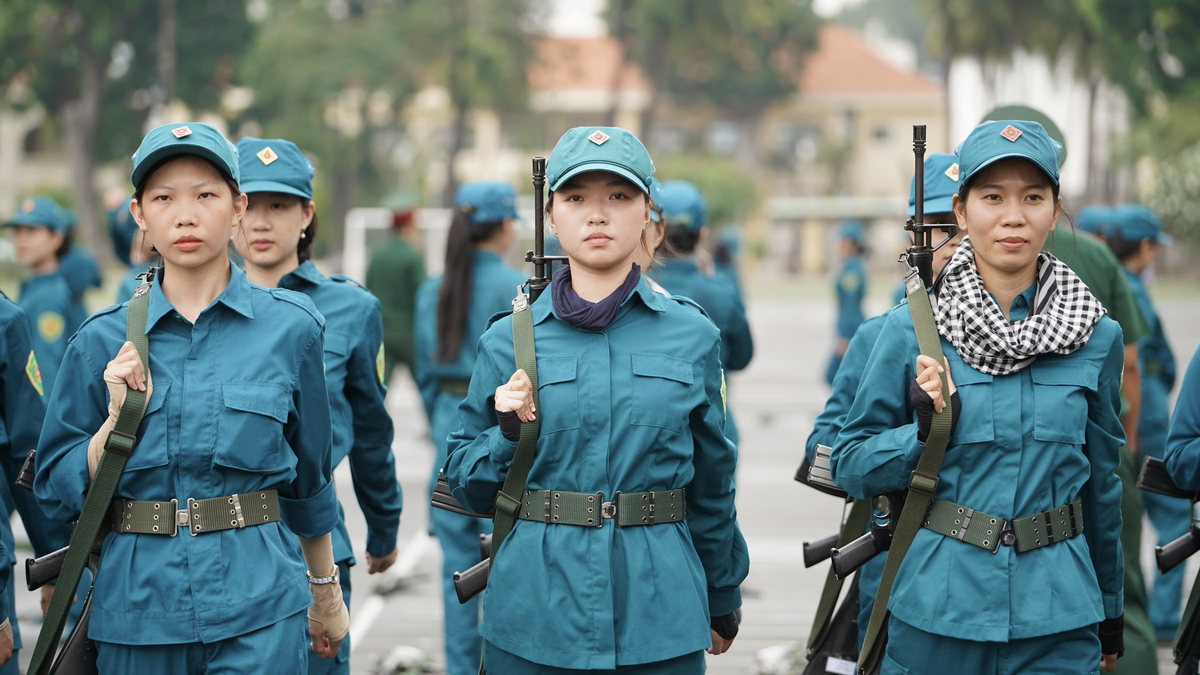


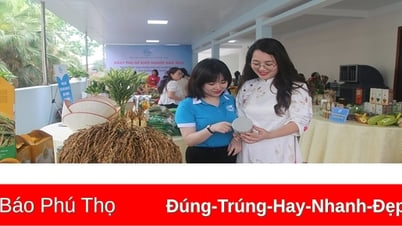



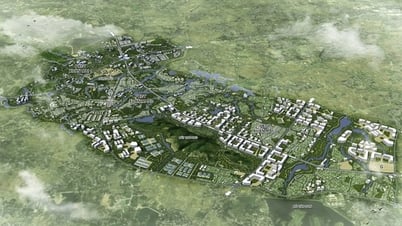



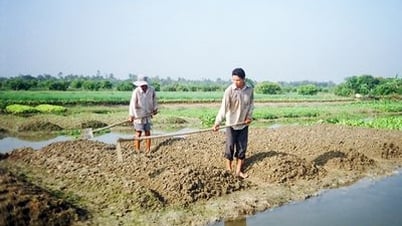






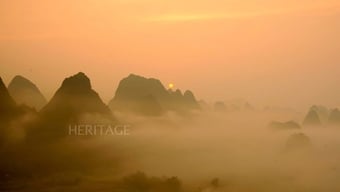

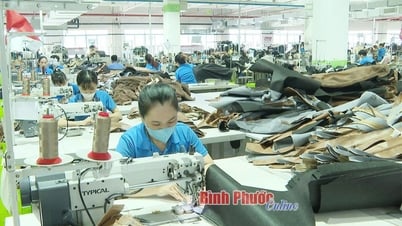

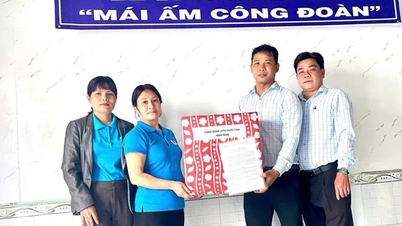

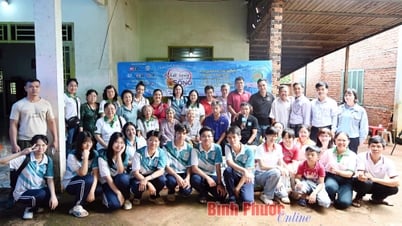
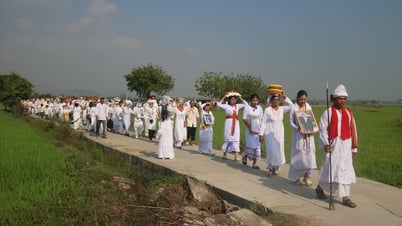

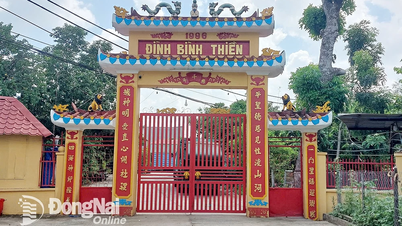

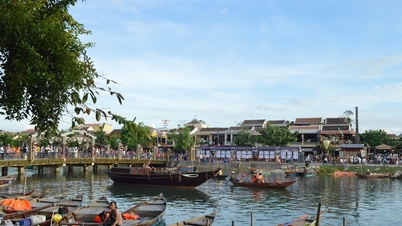

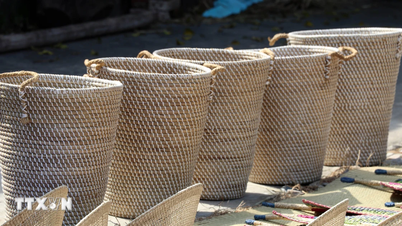





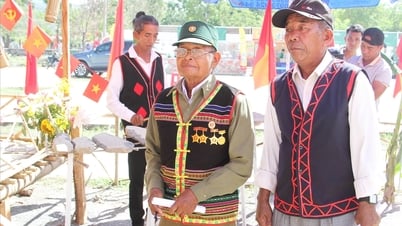




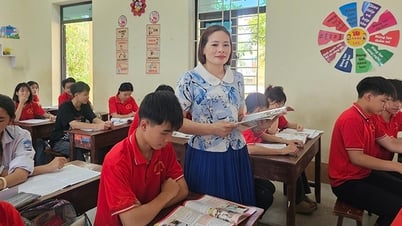











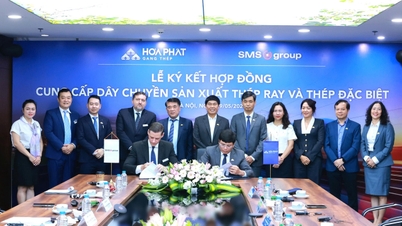








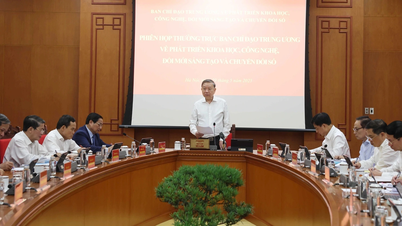

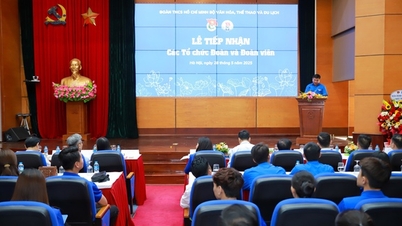
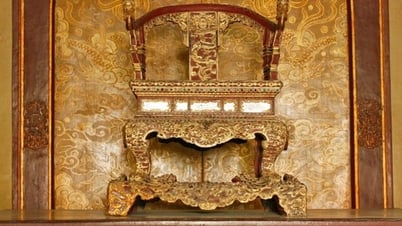




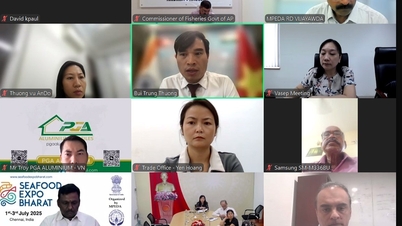


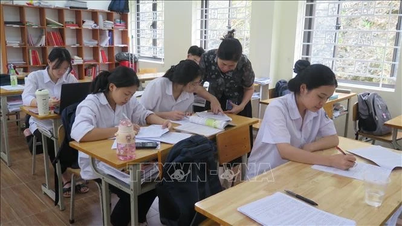

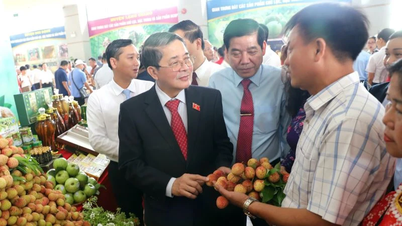



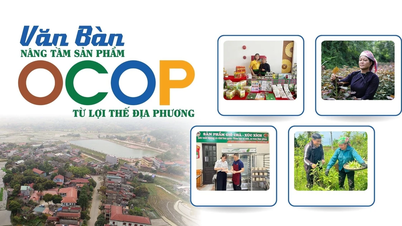

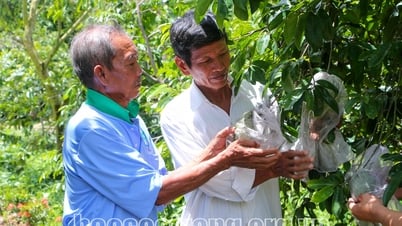

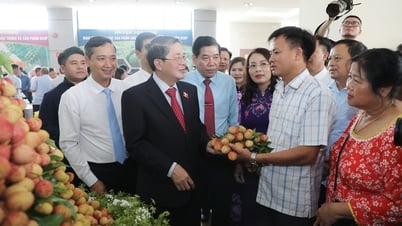




Comment (0)